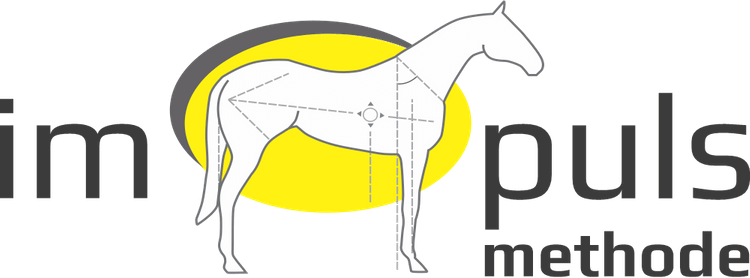Warming up and cooling down, why it's so important.
Careful warming up and cooling down is extremely important because we should prepare the horse for the demanding training and then "reward" it with an appropriate relaxation phase. Today we will look at this important aspect of training and conditioning.
Adequate warming up starts with preparing the horse for work. Brush your horse thoroughly and feel with your hands if you can feel any changes in the body. This is an extremely important part of your daily work with the horse, because here you can determine whether there are any health-threatening changes that could have a negative effect on your horse's performance.
Tip 1 - Use quick hand movements such as tapotement or vibrating movements over the larger muscle groups. This helps to stimulate blood flow to the muscles and activate the nerves. The body is prepared for what is to come.
I can't say it often enough: a warm-up phase of a good 15-20 minutes is an absolute must, regardless of the time of year! During this phase, muscles, joints, tendons and ligaments have time to warm up and become elastic.
Tip 2 - Start with normal, free walk riding for about 10 minutes. Then start to vary the pace, work with collection, backwards, leg yields (travers or renvers) or go over poles to stimulate your own body awareness and consciously engage the body.
The next step to complete the warm-up is five minutes at a slightly collected trot or canter with an extended neck and low head. Each gait targets different muscles, all of which need to be warmed up before the training intensifies.
Tip 3 - Loosen your horse up at the beginning with a free trot or canter. This will help him to compensate for the effort of the work and the muscles can work without blockages caused by collection.
After your (more or less) intensive training, you need to let the horse cool down. The physical work leads to physiological changes in the muscles, by-products, free radicals and oxidants are produced. The best way to get rid of these is to keep moving!
Tip 4 - Relax with your horse and ride it dry at a walk for at least 10 minutes or longer if it has sweated a lot. The muscles need to be moved continuously in order to be able to eliminate metabolic products resulting from the training. To avoid muscle cramps, I recommend a sweat rug (even if you don't normally cover your horse) if it is very cold. Muscle cramps can occur if the horse cools down too quickly.
Thorough grooming after work also works wonders. Deep and slow brush strokes support the blood flow and the slow movements help the horse to relax. This allows the muscles to become smooth and relaxed again, preventing stiffness and cramps. Incorporating stretching exercises also helps the muscle fibres to realign themselves and the blood can flow freely.
Tip 5 - Long strokes and stretches are great for your horse. Stretch a different area of the body every day (head/neck, limbs or back/croup and tail). This cool down and relaxation technique should be part of your regular riding programme.




